Quality and technology IN CONSTRUCTION
delivered with STRAIGHT communication
Women in the Built Environment
This article covers the role of women in the built environment, highlighting their historical and present contributions to architecture and construction. Even though men have historically dominated the field, women have contributed significantly to its development through leadership, creative designs, and engineering breakthroughs. The article looks at significant personalities, turning points, and the evolving dynamics that still affect the sport today.
ARCHITECTUREWOMANCONSTRUCTION
Jouman Fayoud - Toldy Construct
2/12/20256 min read
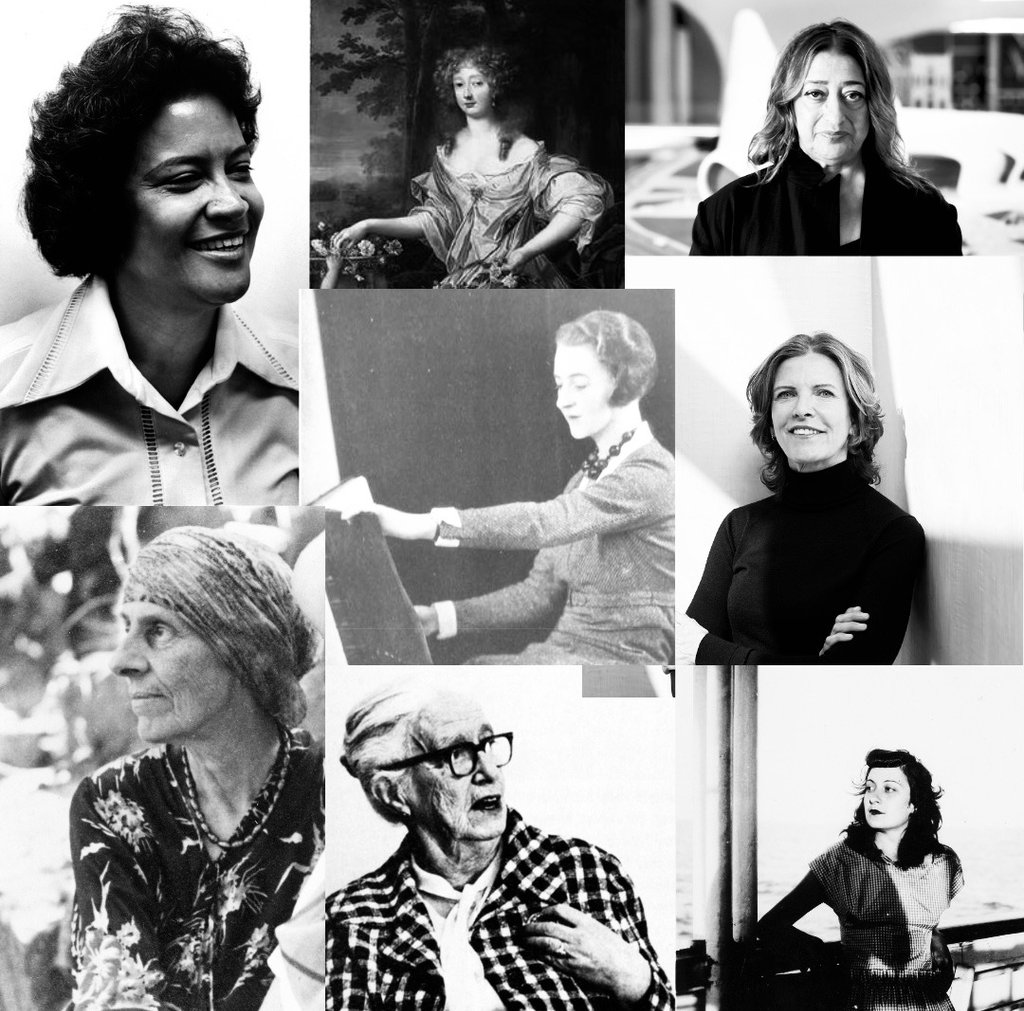

Women in the Built Environment
Introduction
For the longest time the architecture industry has been led and constructed by men, making it one of the most male-dominated fields in history even before architecture was actually recognized as a field. On the other hand, women have contributed to significant roles in these industries throughout history. From early change to modern advancements, women have designed and constructed notable buildings, developed new methodologies, and contributed to engineering and project management. This article explores the historical and contemporary impact of women in architecture and construction, highlighting their contributions, challenges, and most importantly the shift that had an impact on the industry.
Early Contributions (Pre-19th Century)
A long time before official recognition, women had an influence on architecture and construction. Lady Elizabeth Wilbraham (1632-1705) is believed to have designed several buildings credited to male architects, including Weston Park in Staffordshire. In a variety of cultures, women planned, designed, and decorated structures, particularly in religious and domestic spaces. Despite the lack of official acknowledgment, their work played a significant role in shaping what we now call architectural history.

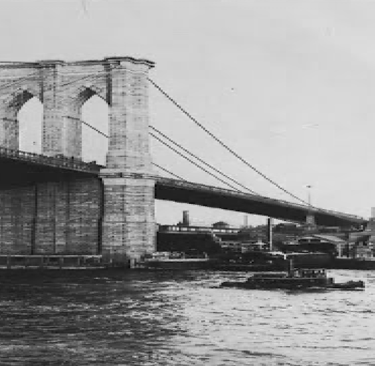
The 19th and Early 20th Century: Breaking Barriers
In the late 19th and early 20th centuries women gained formal recognition for their work. Ethel Charles, the first woman to be admitted to the Royal Institute of British Architects (RIBA) in 1898, paving the way for women by her designs that were inspired by the Arts and Crafts movement. However, she was restricted to small-scale residential projects. Julia Morgan, the first female licensed architect in California, gained international recognition for her earthquake-resistant designs, including Hearst Castle. Educated at UC Berkeley and the École des Beaux-Arts provided her with the technical foundation and knowledge to achieve architectural excellence. In the meantime, Emily Warren Roebling was instrumental in finishing the Brooklyn Bridge, handling technical difficulties and supervising work following the illness of her husband, the chief engineer.

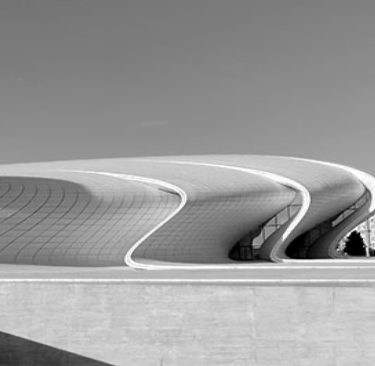

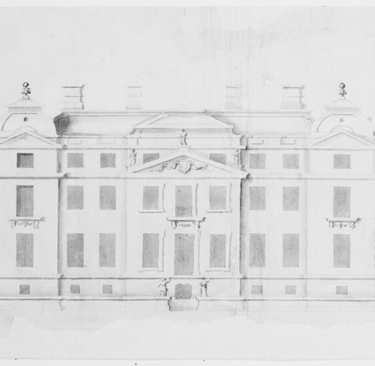
Mid-20th Century: Increased Representation
The mid-20th century marked a period in history when the effects of war led women to take leadership roles in the industry. Denise Scott Brown had an influence on urban planning and postmodernist design, she also co-authored Learning from Las Vegas, though she was controversially excluded from the Pritzker Prize. Beverly Willis introduced innovations in urban planning that included the Computerized Approach to Residential Land Analysis (CARLA), which streamlined land-use planning. Norma Merrick Sklarek, the first African American woman to be licensed as an architect in the United States, she contributed to large-scale projects like the Pacific Design Center and LAX Terminal One, she focused on efficiency and function in her architectural design.
Late 20th Century to Present: Expanding Opportunities
More women have entered the architectural and construction industries since the late 20th century, taking the lead on significant projects and businesses. SANAA co-founder Kazuyo Sejima is renowned for her futuristic and minimalist designs, including the Rolex Learning Centre. Local materials are used in community-driven designs by Tatiana Bilbao, who specialises in sustainable architecture. In her ambitious, futuristic ideas, like the Museum of Contemporary Art in Rome, Odile Decq integrates cutting-edge technology. Zaha Hadid, the first female recipient of the Pritzker Prize (2004), transformed architecture with her dynamic, parametric designs for the Guangzhou Opera House and Heydar Aliyev Centre.
Contemporary Women in Architecture and Construction
Women in leadership positions in the fields of design and construction have become more prevalent in recent years. Aušra Vankevičiūtė's character and profession are examples of the strength of perseverance. A young woman leading innovation and adaptability in the field, she serves as CEO of Staticus, one of the biggest façade engineering contractors in Northern Europe. After seven years as the head of Staticus Norge AS, where she cultivated the perseverance and optimism that define her leadership style, she was promoted to group CEO in 2019, she transformed the company from a small Lithuanian window producer into a leading international façade contractor. Under her leadership, Staticus achieved €100 million turnover, secured major projects like Landspítali Hospital, and launched a 2024-2027 strategy focusing on selective growth, global partnerships, and innovation in construction and façade engineering. The CEO of BIG (Bjarke Ingels Group), Sheela Søgaard, is in charge of commercial strategy for one of the most creative architecture firms in the world, while also being a mother and a wife she has stated that "your work and life are all one ecosystem - it isn’t work and then home". The founder of Studio Gang, Jeanne Gang, incorporates urban development and sustainability in buildings like Chicago's Aqua Tower that was awarded the Emporis Skyscraper Award as 2009 skyscraper of the year, and was shortlisted in 2010 for The Biennial International Highrise Award. Annabelle Selldorf, who is working on the Frick Collection extension in New York, is an expert in cultural and historical restoration. The dean of Yale School of Architecture, Deborah Berke, supports contemporary and contextual design ideas. As President of the AIA (2023), Emily Grandstaff-Rice spearheads programs that encourage inclusivity and diversity in architecture. Carme Pigem, a co-founder of RCR Arquitectes, won the 2017 Pritzker Prize for his vision of fusing architectural design with natural settings. In construction, women are making significant contributions. Katherine Torres, a civil engineer and project manager, leads large-scale infrastructure developments. Kris Manning, Vice President of Operations at Skanska, oversees multi-million-dollar construction projects. Lisa Wexler, President of Elaine Construction, integrates sustainability into building practices.
The Role of Gender in Architecture and Construction
In the fields of architecture and construction, men and women contribute distinct viewpoints, methods, and skill sets. Instead of causing division, these variations enhance one another and lead to more creative and useful ideas. With an emphasis on social and environmental factors, women frequently give user experience, comfort, and sustainability top priority while designing. Contrarily, men place more emphasis on large-scale execution, structural shape, and technical efficiency. These combined methods produce designs that are human-centered, inventive, and practical. With an emphasis on environmentally friendly materials, passive design, and social impact, women in architecture contribute a comprehensive approach to sustainability. Women bring a holistic approach to sustainability, focusing on passive design, and social impact. They emphasize well-being, adaptive reuse, and climate resilience, ensuring buildings serve both people and the planet. Female architects also integrate social sustainability into design. Architect Eva Seo-Andersen, a former associate at BIG, now founder of SpringWorks, a company that advises the public and private sector, as well as philanthropic organizations on sustainability, innovation, and strategic development. She served as Project Leader for The Twist Museum, overseeing its development and seamless integration with the landscape. The building spans the river as a twisted geometry bridge, for which Dr. Gábor Toldy and his team designed, manufactured, and constructed a unique facade solution. Each panel of the twisted section was modeled individually, requiring advanced analysis beyond standard BIM frameworks. As the former Technical and Operations Director of Baumetall Design Ltd., Dr. Toldy Gábor Trained and led the team in developing and executing the facade cladding, demonstrating his expertise in
innovative architectural execution. When combined, these leadership philosophies produce a fair and efficient decision-making process. If you are interested in sustainability, check out our article about UGREENS 3 day sustainability course:
1 st day: UGreen Event
2nd day: Ugreen Event
3rd day: Ugreen Event

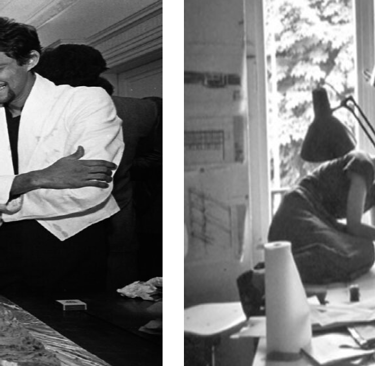
Conclusion
While men and women bring different strengths to architecture and construction, their skills complement each other, leading to more balanced, efficient, and innovative projects, focusing on human needs rather than gender needs. A diverse team fosters better problem-solving, stronger collaboration, and more inclusive and sustainable designs, while maintaining bold and fierce strategies. By embracing these complementary strengths, the architecture and construction industries can continue to evolve, creating spaces that meet both technical and human needs effectively.
SOURCES:
https://www.constructionbusinessowner.com/popular-now/20-female-leaders-construction-you-need-know
Picture Links
How the Brooklyn Bridge was Built | Nicolas Tran
Initiatives promoting gender equality in architecture - The Architectural Review
Women in Architecture Need a New Set of Role Models—Beyond the Star System – Common Edge
Construction
With over 20 years of experience in general contracting, our company specializes in the flawless execution of unique, bespoke buildings. Our innovative methods and mindset make us stand out in the market.
Our services
Contacts
company@toldyconsult.hu
+36 30 289 2383
© 2024. All rights reserved.
Our WEBPAGES
www.toldyconsult.hu
